Optimal Timing for Storm Restorations
Storm restorations are most effective when performed promptly after a storm event. Timely repairs can prevent further damage and protect property value. Optimal timing depends on weather patterns, storm frequency, and seasonal considerations.
Scheduling inspections immediately after a storm ensures early detection of damage, reducing repair costs and preventing secondary issues.
Performing restorations during calmer months can lead to better scheduling flexibility and potentially lower costs.
Choosing periods with stable weather minimizes delays and ensures quality work during restoration projects.
Spring and early summer often see increased storm activity, making timely restoration crucial during these times.
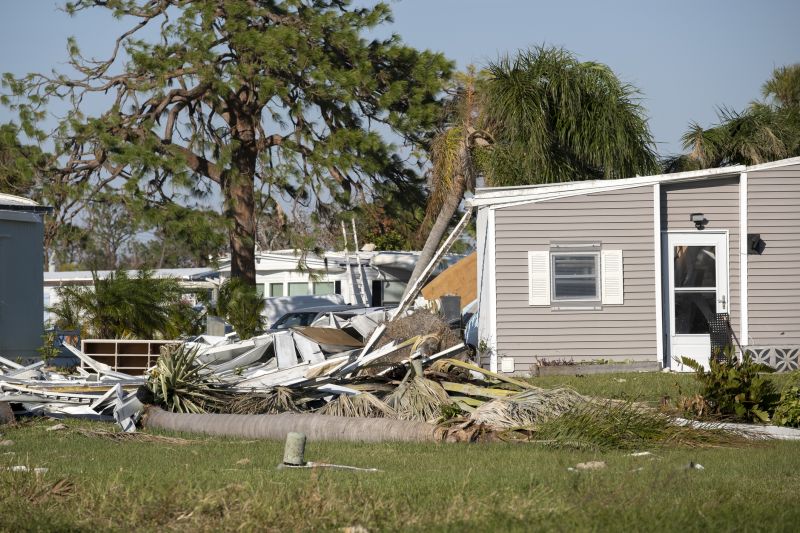
Visual inspections help determine the extent of storm-related damage.
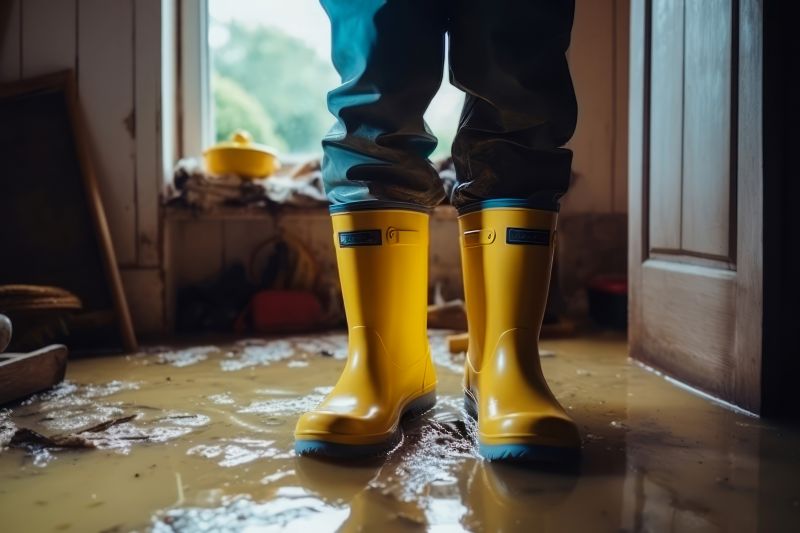
Immediate fixes can prevent further deterioration.
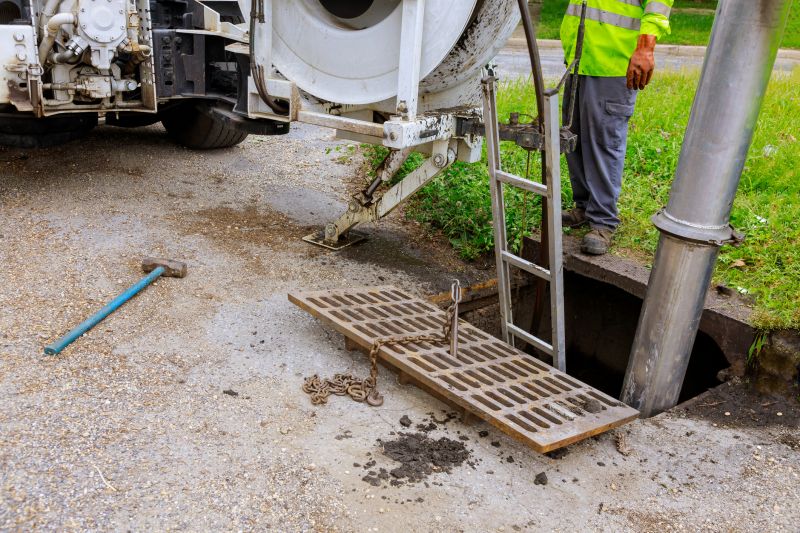
Specialized tools are used for efficient repairs.
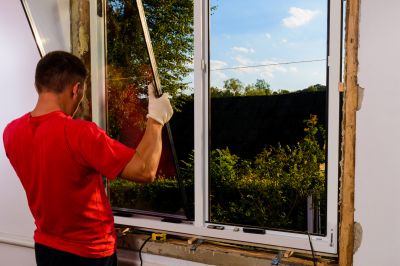
Ways to make Storm Restorations work in tight or awkward layouts.
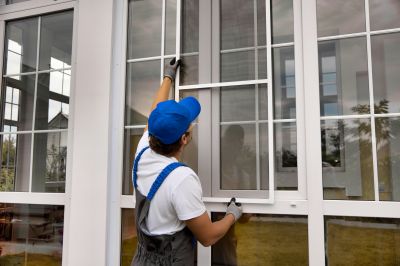
Popular materials for Storm Restorations and why they hold up over time.

Simple add-ons that improve Storm Restorations without blowing the budget.
Storm restorations encompass a range of services aimed at repairing and restoring properties affected by severe weather events. These services include roof repairs, siding replacement, window sealing, and structural reinforcement. Properly timed restoration efforts can significantly reduce long-term damage and restore property integrity. Statistics indicate that prompt storm response can decrease repair costs by up to 30% and extend the lifespan of affected structures.
Understanding the optimal timing for storm restorations involves considering seasonal weather patterns, storm frequency, and the availability of skilled contractors. Performing restorations during periods of low storm activity allows for better scheduling and resource allocation. Additionally, early intervention following a storm can prevent secondary damages such as mold growth, wood rot, and interior water damage.
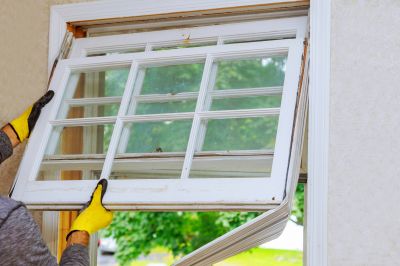
Restoration teams assess and repair storm-related damage.
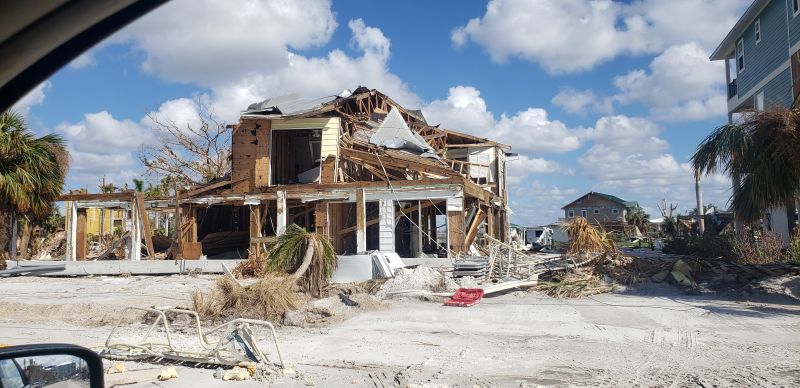
Strengthening vulnerable areas to withstand future storms.

Advanced tools facilitate efficient repairs.
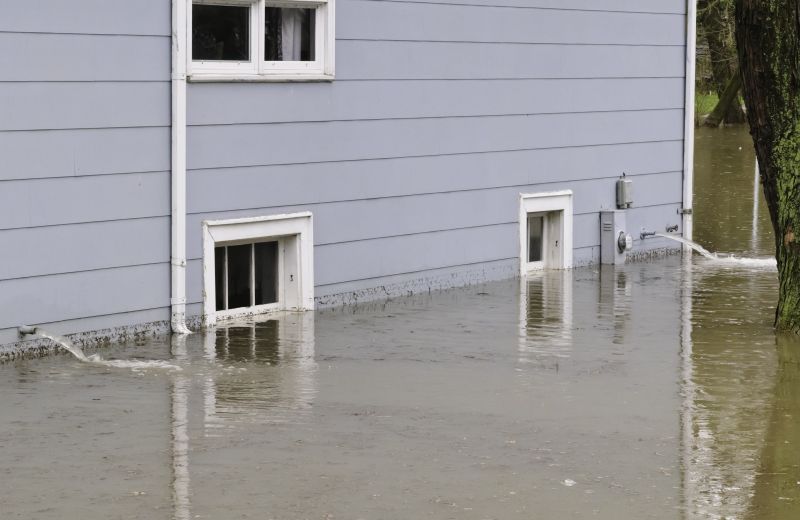
Properties restored to pre-storm condition.
| Season | Optimal Restoration Timing |
|---|---|
| Spring | Immediately after storms or in early summer |
| Summer | Post-storm or during calmer periods |
| Fall | Before the storm season peaks |
| Winter | During mild weather windows |
| Off-Season | During periods of low storm activity |
Timely storm restorations are essential for maintaining property safety and integrity. Planning repairs during suitable weather windows and immediately after storm events can lead to more effective and cost-efficient outcomes. Property owners should consider seasonal patterns and prepare accordingly to ensure swift response when storms occur.
